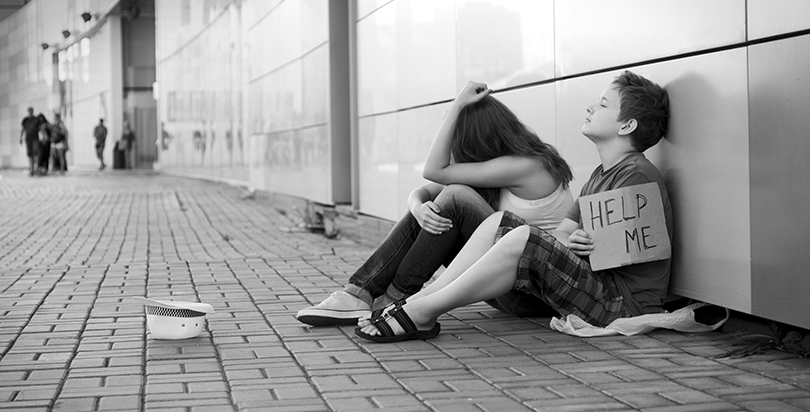Petrilli: The Child Poverty Rate Plummeted After Welfare Reform. What That Means for Education

This has huge implications in many realms, including education reform, and it’s a development that all parties must wrestle with.
For the teachers unions and other traditional education groups, it raises hard questions about their familiar contention that America’s lackluster student achievement is due to poverty—that we must “fix poverty first” before our schools will improve. We haven’t fixed poverty—but we have most certainly decreased it.
For reformers, it raises hard questions about why we then haven’t seen greater progress in student outcomes over the past 20 years, considering that these socioeconomic trends should supply wind at our backs. We like to point to achievement gains in the late 1990s and early 2000s, especially for the poorest and lowest-performing students, as evidence that testing and accountability boosted learning.
But what if that was only part of the story?
Let’s excavate a bit deeper. Ramesh Ponnuru has a great overview of Winship’s study at Bloomberg View. Ponnuru writes: “The Census Bureau’s official measurements, it is true, show only modest improvement in child poverty since 1996. Winship argues that a more accurate measure of trends should take account of non-cash benefits that poor households receive, such as food stamps. We should also place some economic value on these households’ health-care benefits. He makes a strong case that the inflation measures of the Congressional Budget Office and the Federal Reserve are superior to the one used by the Census Bureau. Because the Census Bureau overstates inflation, it understates improvements in poor people’s purchasing power.”
I’m far from an expert on welfare policy—or inflation–but Winship’s adjustments strike me as reasonable. They also imply, as Ponnuru acknowledges, that low-income Americans would be markedly worse off without social programs (like food stamps and Obamacare) that many Republicans and conservatives have opposed.
Let’s also acknowledge that plenty of people are suffering even when their incomes and benefits put them slightly over the poverty line. If you’re an urban single mom with two kids making $20,000 a year, you are struggling to make ends meet, even if you’re getting food stamps, and even if you’re not officially poor. I quite literally cannot imagine how they do it.
Nor is there any doubt, regardless of these promising trends, that a strong link remains between students’ socioeconomic status and achievement. If anything, the challenge has grown more acute over the past twenty years, owing to increased income inequality. With the upper middle class growing larger and richer, their kids (OK, our kids) appear to be pulling further away from everybody else’s. In part, that’s due to (mostly private) spending on “enrichment,” but it also has to do with the intensive parenting being practiced today by college graduates.
Still. Those of us engaged in policy debates have a responsibility to speak and write with precision. If the real child poverty rate is anywhere near 7.8 percent, everyone needs to stop pointing to “poverty” as the cause of our educational underachievement. Less than ten percent of the student population can’t possibly be responsible for our disappointing PISA and TIMSS scores. (In point of fact, American performance is mediocre at every point along the socioeconomic spectrum.) Nor can it be true, as some newspapers have irresponsibly reported, that “more than half” of America’s students are now living in poverty. (A majority are eligible for subsidized lunches, but nobody these days views that as a precise gauge of family income.)
Sadly, the United States remains a stratified society, with a widening gap between the haves and have-nots, mostly because of big gains for the top thirty percent. But let’s not overlook the good news: We are doing better by our poorest citizens, including our poorest children, than we were 20 years ago. And we should expect them to be doing better in school as a result.
The discussion we should be having is whether the gains we’ve seen in student achievement are commensurate with the gains apparent in children’s other life experiences.
Get stories like these delivered straight to your inbox. Sign up for The 74 Newsletter

;)
